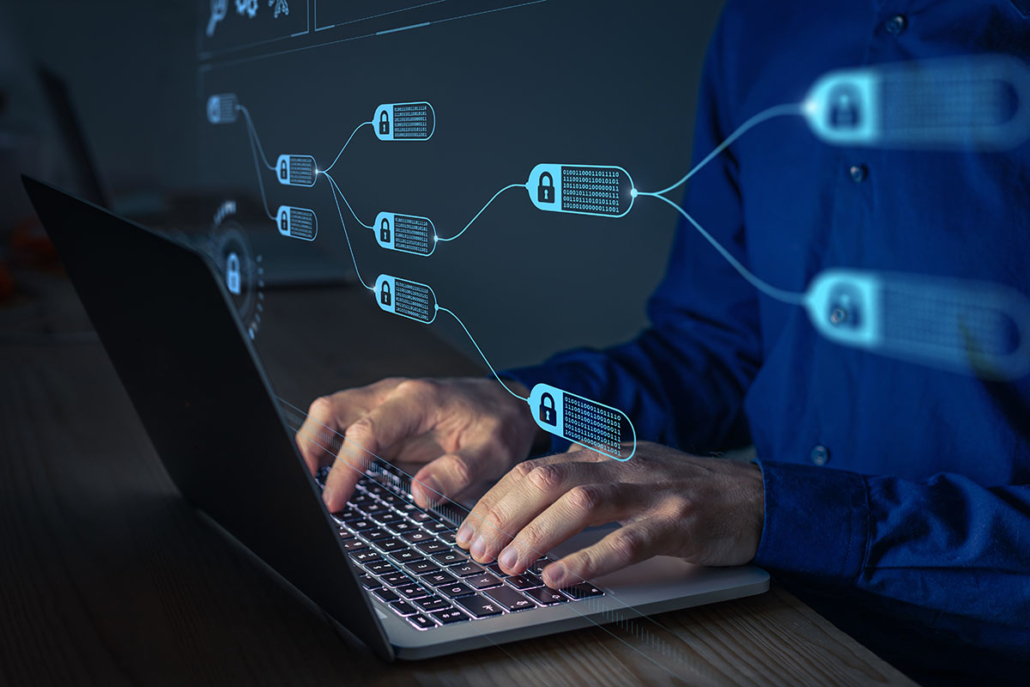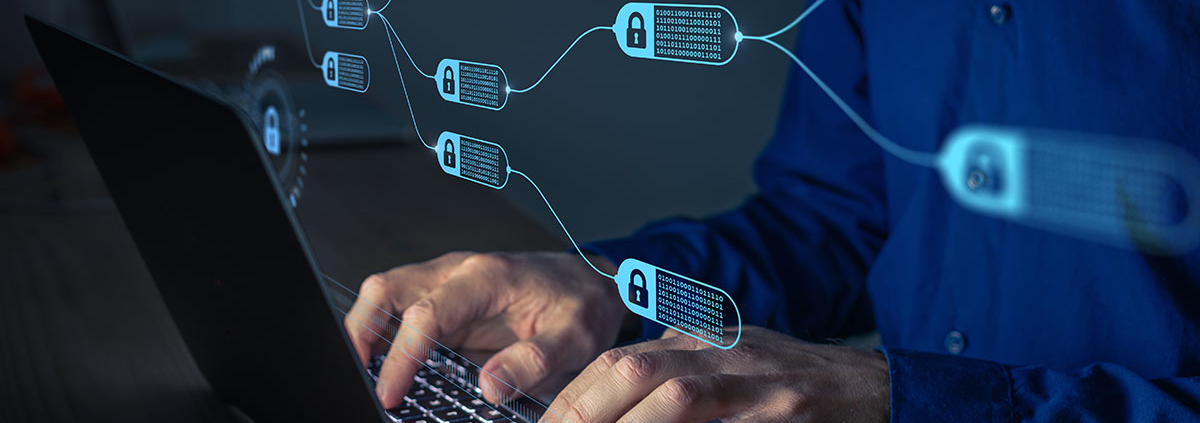The 4 Signs of A Cyber-Attack You Should Look for When Working from Home

According to the Bureau of Labor Statistics, prior to the outbreak of COVID-19 only 29% of Americans were able to work from home, with most doing it less than 3 days per month. Now that most companies have successfully transitioned their employees to work from home thanks to the crisis, Buffer reports than 99% of employees want work from home to be a permanent fixture. While workers love it from a work life balance and thanks to it eliminating commutes, there are many risks that emerge thanks to Cyber Security challenges. In fact, most experts believe we are seeing a 40% increase in cybercrime thanks to hackers seeing opportunities in weakened security protocols.
While some businesses have a good enough cyber and network security system in place, many are not aware of the risks involved in connecting remotely.
The Global Cyber Center of NY recently held its first cybersecurity virtual event on the top threats of remote work.
“Organizations of all kinds are facing an uptick in email-based threats, endpoint-security gaps and other problems as a result of the sudden switch to a fully remote workforce,” says William Altman, Senior Analyst at the Global Cyber Center of NYC. “It’s now more important than ever to consider both the security practitioner as well as ethical-hacker perspectives in order to stay secure, that’s what this is all about.”
The Global Cyber Center of NY said that all employees should look for these 4 signs of a cyber breach:
- Computer performance issues
- The computer having new programs that you have not installed
- Fake looking ads or pop-up ads appear on the screen, or more of them
- Loss of control of the camera, mouse or keyboard.
The question most employees have when they feel they detect a breach is who to contact. Most companies should reach out directly to their Network Administrator and should provide a log of what they have seen, ideally with screen shots or the timing that it occurred. Network Administrators are under pressure to check out the issue, but they also they must protect the network. This is why we recommend they contact Betterchips. We are experienced in infrastructure issues and challenges like this, plus have a comprehensive background in digital investigations; so, we can not only stop and resolve the issue, but we can identify the source of the problem. If you or your clients see any of these 4 issues, please give us a call, on 1-866-270-2388, and we can quickly evaluate and build you a plan of action.






